Eaton Tripp Lite Series PDU ATS/Monitored 5.8kW 208/240V 2U Single-Phase 10 ‘ Cord TAA
- Built-in HTML5-based LX Platform interface allows you 24/7 remote access
- Enables redundant A/B power option for single-corded network devices
- Digital meter for real-timevoltage
- Dual 10 ft. cords with NEMA L6-30P inputs connect to separate power sources
- Compliant with the Federal Trade Agreements Act (TAA) for GSA Schedule purchases
AED11,499.00
ATS PDU allows real-time current metering and remote power monitoring to help prevent circuit overloads and ensure proper load balance.
Features
Single-Phase 30A 208V/240V ATS PDU Distributes and Monitors Network-Grade Power in Real Time
This monitored PDU provides real-time remote monitoring of voltage, frequency and load levels via its built-in network interface. Ideal for network IT applications, small computer rooms and other equipment rack applications, the PDUMNH30HVAT2 features 16 C13, 2 C19, and NEMA L6-30P outlets for connecting equipment. Dual 10-foot (3.1-meter) power cords with NEMA L6-30P inputs connect to separate primary and secondary mains circuits, backup generators, UPS systems or utility power grids, including out-of-phase sources.
Switches from Primary to Secondary Power Source in Milliseconds
Dynamic solid-state automatic transfer switching (ATS) allows the PDU to switch to the secondary source within 1-5 milliseconds, should the primary source fail or become unstable, to ensure your connected equipment operates without interruption. An on-board ATS processor constantly evaluates the power quality of both input sources. It prevents switching if the secondary source is unavailable or of lower quality than the primary source.
Built-In LX Platform Network Management Card Allows Remote Access 24/7
The Java-free HTML5-based WEBCARDLX network interface enables full remote access for PDU status monitoring and email notifications via secure web browser, SNMP, telnet or SSH. The latest version of PowerAlert Device Manager (PADM20) provides enhanced remote management capabilities, including customizable dashboard graphs to fit user preferences. The PADM20 upgrade and Tripp Lite’s PowerAlert Element Manager (PAEM) form a powerful tool for expanding maintenance functions in large installations, including firmware update checks and backup and restoration of device configurations.
Digital Load Meter Helps Prevent Potentially Expensive Overloads
A digital ammeter reports the total load for all connected equipment in amps and kilowatts. Monitoring capacity helps ensure load levels remain well below maximum capacity levels with no danger of overload that could lead to costly downtime or damaged equipment. Maintaining proper load levels, even while adding new equipment, can keep your TCO (total cost of ownership) low. Current monitoring provides 1% billing grade accuracy.
General Information
| Attribute | Details |
|---|---|
| Product Name | Tripp Lite Series PDU ATS/Monitored 5.8kW 208/240V 2U Single-Phase 10′ Cord TAA |
| Product Model | PDUMNH30HVAT2 |
| Product Type | PDU |
Technical Information
| Attribute | Details |
|---|---|
| PDU Type | Monitored |
| Phase | Single Phase |
| Plug / Connector Type | NEMA L6-30P |
| Plug / Connector Detail | 2 x NEMA L6-30P |
| Receptacle Type | IEC 60320 C13, IEC 60320 C19, NEMA L6-30R |
| Receptacle Detail | 16 x IEC 60320 C13 |
| 2 x IEC 60320 C19 | |
| 1 x NEMA L6-30R | |
| Protection Type | Overload Protection |
Interfaces/Ports
| Attribute | Details |
|---|---|
| Network (RJ-45) | Yes |
Power Description
| Attribute | Details |
|---|---|
| Input Voltage | 230 V AC |
| Output Voltage | 206 V AC, 200 V AC, 240 V AC |
| Power Rating (Watt) | 5800 W |
| Input Current | 30 A |
Physical Characteristics
| Attribute | Details |
|---|---|
| Mounting Orientation | Horizontal |
| Mount Type | Wall-mountable, Rack-mountable |
| Rack Height | 2U |
| Height | 3.5″ |
| Width | 17.5″ |
| Depth | 12.5″ |
 04 3550600
04 3550600 052 7036860
052 7036860 info@techsouq.com
info@techsouq.com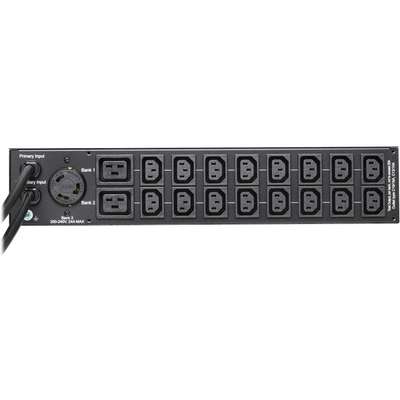
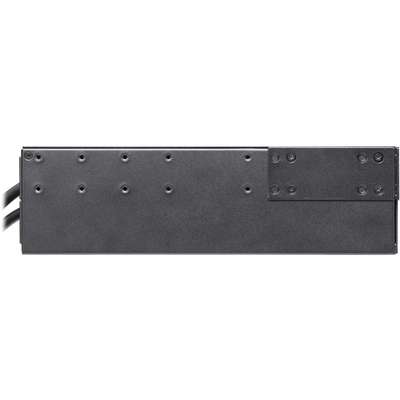
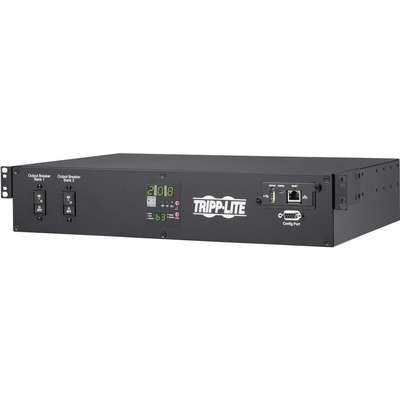
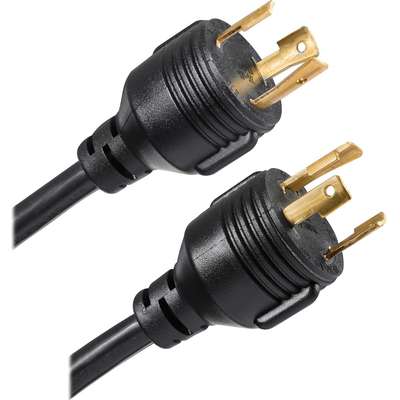
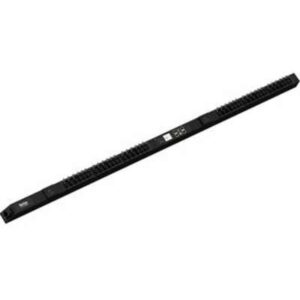
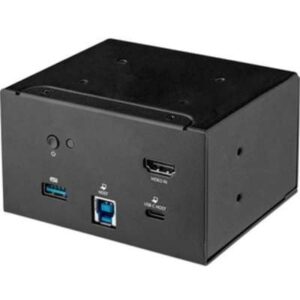
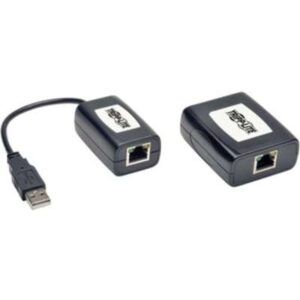
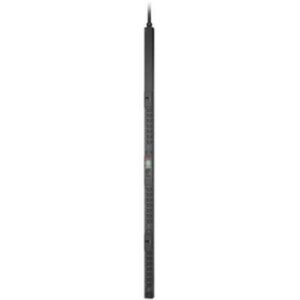

There are no reviews yet.